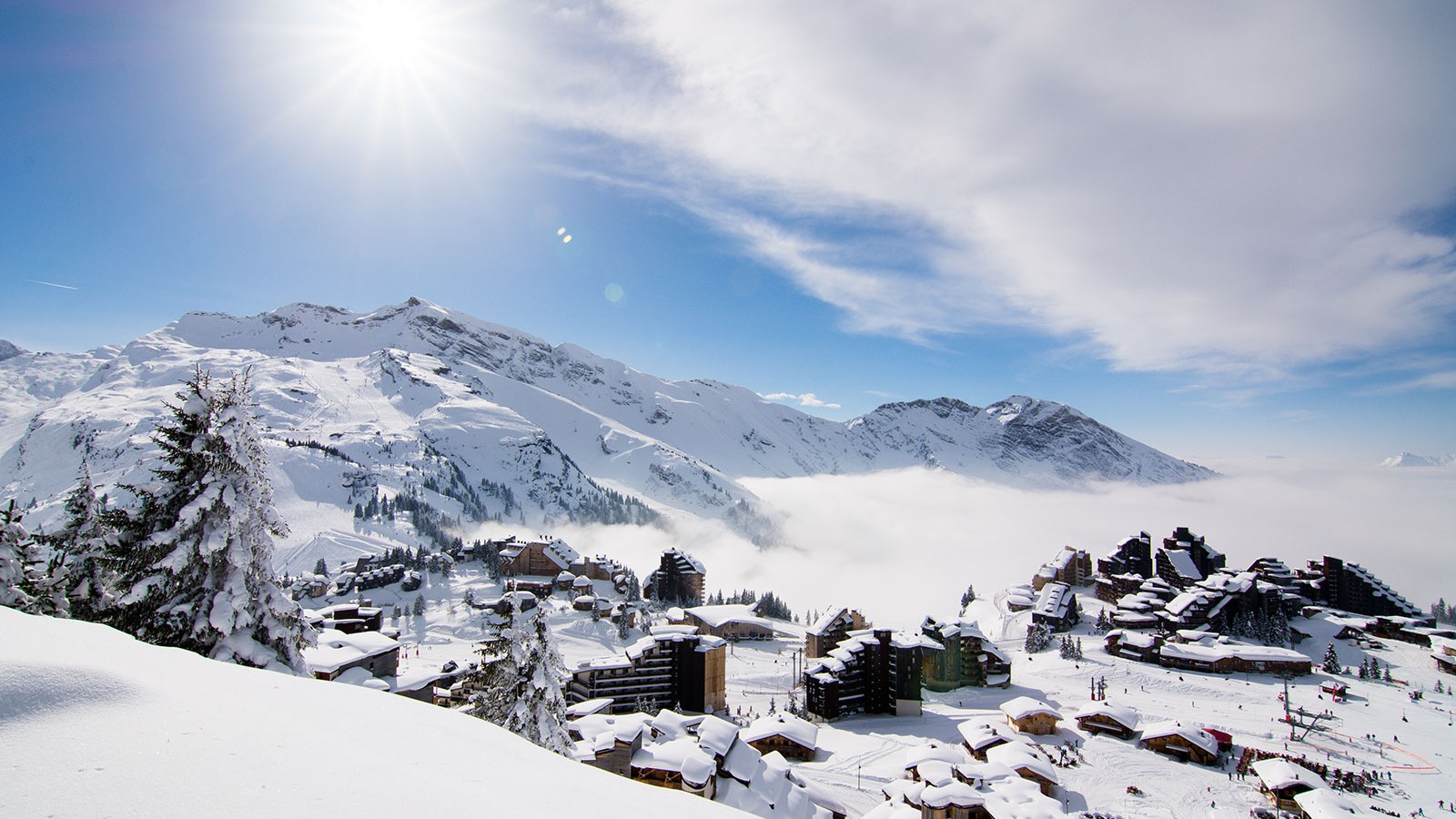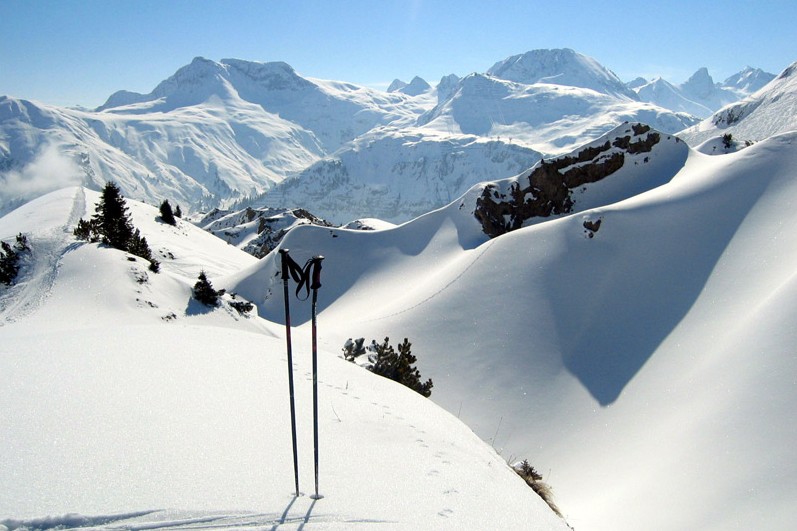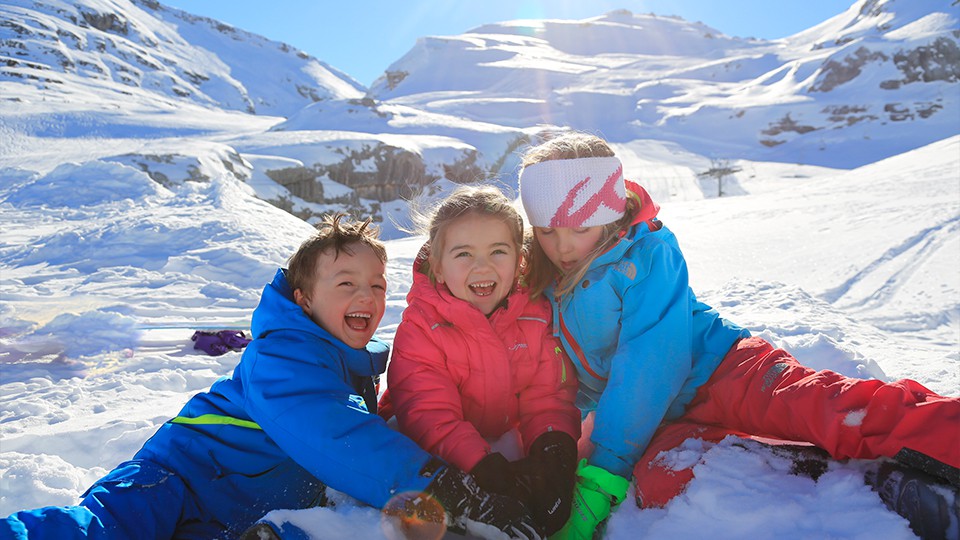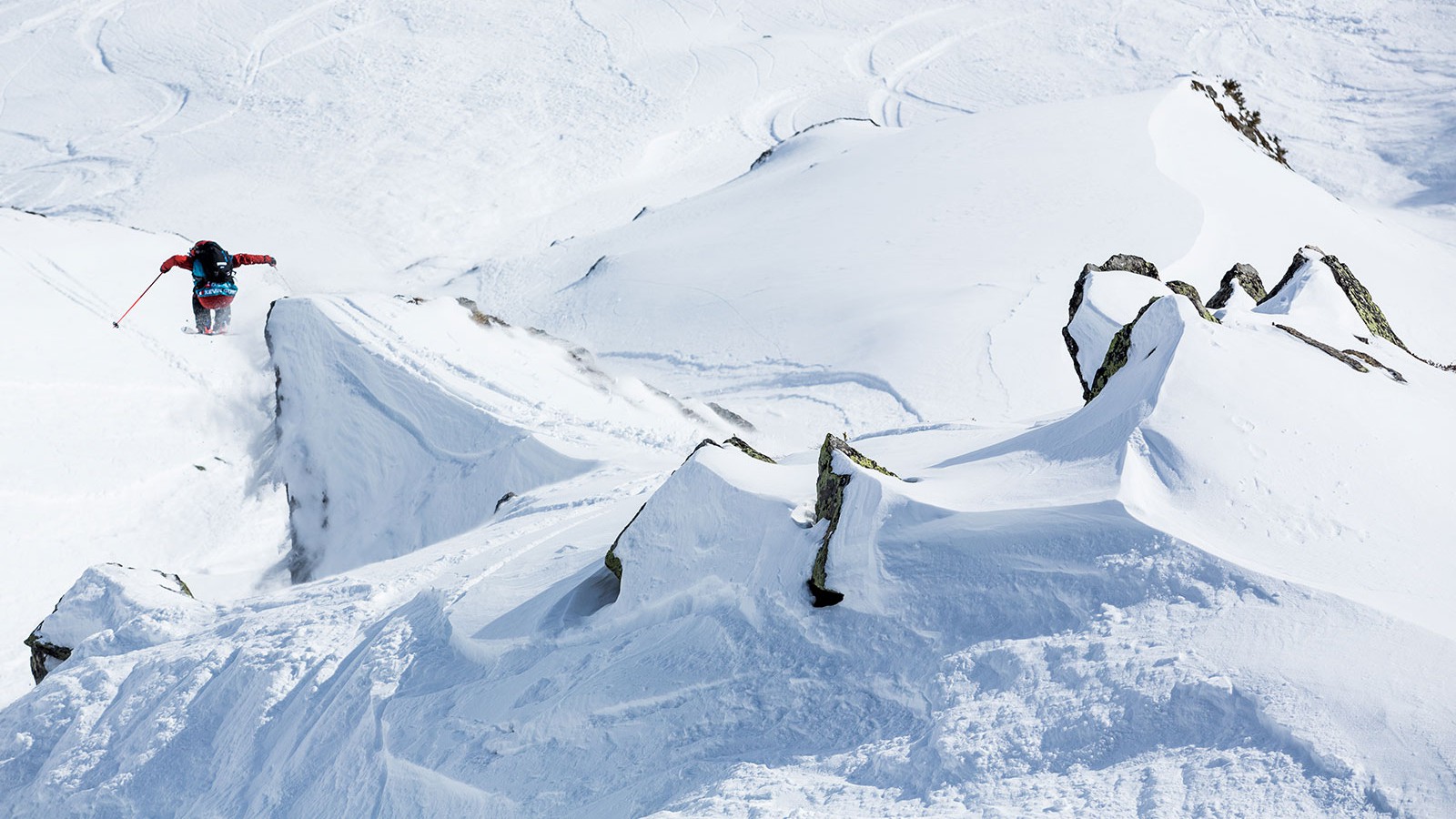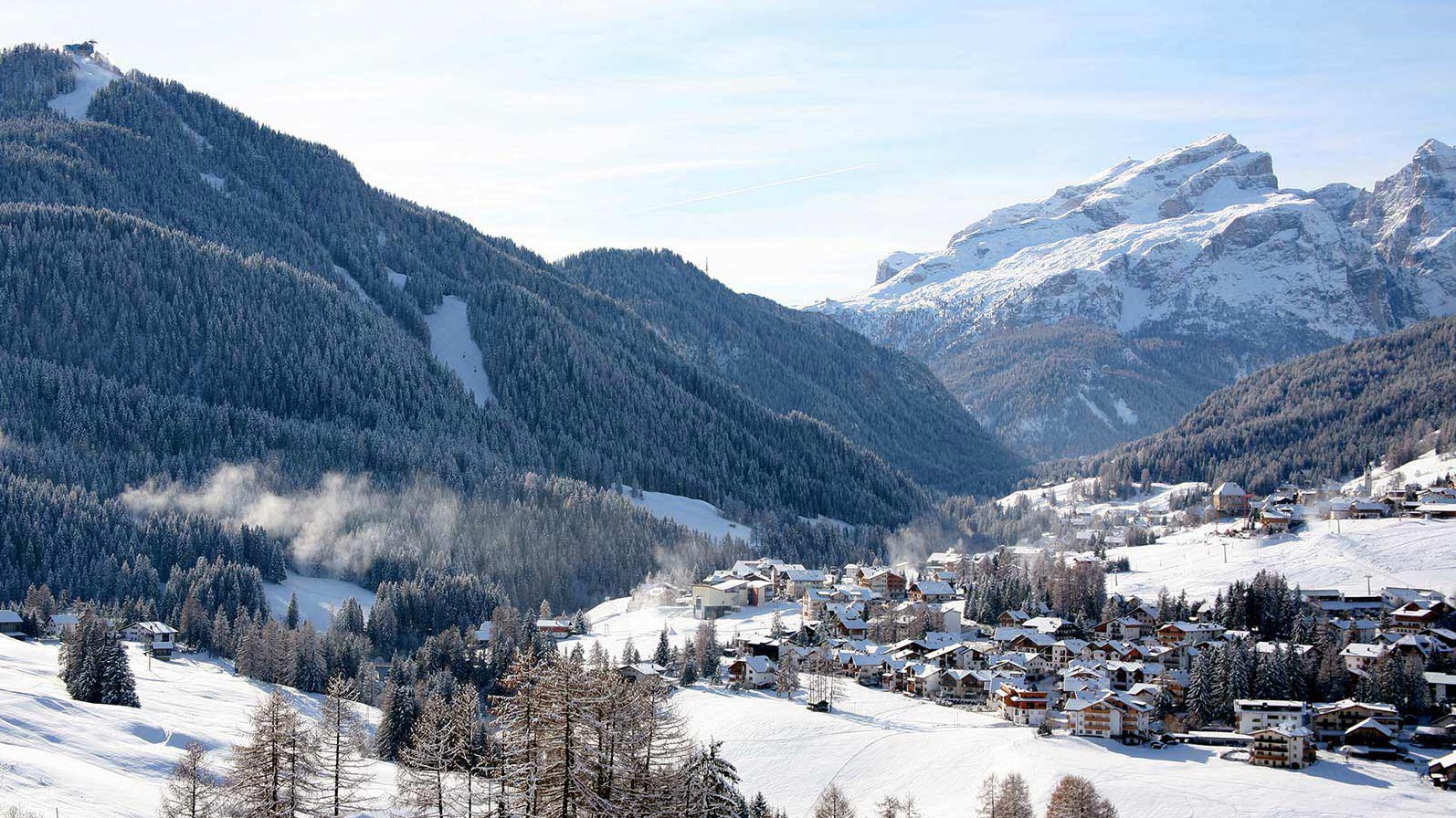The environmental impact of our everyday lives and how we can be more sustainable is often at the forefront of most of our minds. We all want to do our part to help, not least to ensure our children can benefit from the same opportunities we have, which includes enjoying the same skiing destinations.
This means thinking more about our holiday plans, as it is in these luxuries that we can often make the biggest changes, as well as the biggest impacts.
From choosing to drive or take the train to the mountains, to simply doing more research on your choice of resort, there are plenty of ways we can all adapt without compromising the holidays we all love.
Keep reading to see how these ski resorts are leading the way in eco-friendly skiing, as well as gaining a few extra tips from the experts.
Avoriaz
One of the first things you notice when travelling to Avoriaz is that there are no cars allowed. The resort is in fact the only one in France that has been pedestrianised since its creation, back in 1966. This means you can ski around the town (or take one of the horse-drawn sleighs), taking in the super-fresh air, instead of waiting around at a bus stop at the end of the day.
Avoriaz has in the past been awarded the Environmental Award for Ecological Developments and is pushing to be environmentally responsible in loads of ways. The whole resort operates on biofuel and all new buildings are required to follow HQE (high environmental quality) rules. Lights are energy efficient and roofs trap snow to maximise insulation.
On the slopes is no different, there is a snow park (STASH) constructed using fallen trees, and plenty of recycling stations dotted around the resort.
St Anton
We continue the theme over in Austria. St Anton has been paving the way to sustainability since the early 2000s. In 2006, St Anton am Arlberg became self-sufficient in its electricity supply. This is thanks to the Kartell power plant making use of the Kartell lake. The huge reservoir, containing eight million cubic meters of water is responsible for producing around 33 million kilowatt hours of electricity per year. Check out the reservoir if you get the chance!
The snow springing from the cannons in resort is also perfectly pure, treated to drinking water quality. Probably best to also take a water bottle though.
Flaine
Flaine, along with Samoens and Les Carroz, is part of the Grand Massif ski area, the first to be awarded the Green Globe certification. Since 2016, the resorts have been powered by 100% green energy, which certainly makes the crisp mountain air feel even cleaner. For those looking to stop and take in the environment fully, there is an environmental observatory that monitors local biodiversity.
Driving rather than flying out to the alps is a great way to reduce your carbon footprint and be more sustainable. Helpfully Flaine and the resorts of the Grand Massif are some of the closest by road. This means you can avoid the airport queues and pack the car with all the essentials, plus anything else that you can think of! Once you arrive in Flaine you can also enjoy a week without buses or taxis thanks to the proximity of the slopes to the accommodation.
Chamonix
Chamonix is famous for its backcountry skiing and glorious views of Mont Blanc. But is it also doing its bit for sustainability?
Bus and train travel has been free here since 2005, meaning there is no need to drive around the resort yourself. The buses themselves are eco-friendly and include the 100% electric ‘Mulet’ buses providing transport around the town.
The resort has been awarded the prestigious Flocon Vert, which translates as ‘green snowflake’, and is presented to destinations that prove a commitment to sustainable development. This includes accommodation providers using eco-friendly cleaning products and growing their own food when they can.
Serre Chevalier
Serre Chevalier is all about producing its own electricity, aiming to be 100% sustainable.
Hydroelectric energy is produced, by utilising the same streams that power the snow cannons, making up a large proportion of the renewable energy. This is especially green as the infrastructure needed was already in place.
Thanks to the 300 days of sun a year, the chairlifts in resort actually create more energy than they consume. This is due to the highly efficient solar panels, taking in the rays both directly from the sun and reflecting off the snow.
There are also plenty of activities off the slopes with a small carbon footprint. This includes ski joëring (being pulled by a horse!) for the adrenaline junkies and snowshoeing for a calmer day out.
Alta Badia
The collection of resorts in Alta Badia are showing the way in Italy, with some ingenious techniques to increase sustainability. One of these is using the heat generated from cooling the ice rink to warm the nearby buildings.
Another tactic is to spread tourism in the area more evenly throughout the year, to help reduce the spikes in energy consumption. They also realise that good data on energy usage is essential, so ask for accurate energy usage information from tour operators across various sectors.
There are plenty of ways to keep skiing, whilst keeping an eye on your environmental impact and becoming more sustainable. Maybe visiting one of these resorts will help you discover how you can contribute in the future?
Other articles you may like:
Self-Drive Ski Holidays: What Are the Benefits?
A Different Way To Travel to the Alps

